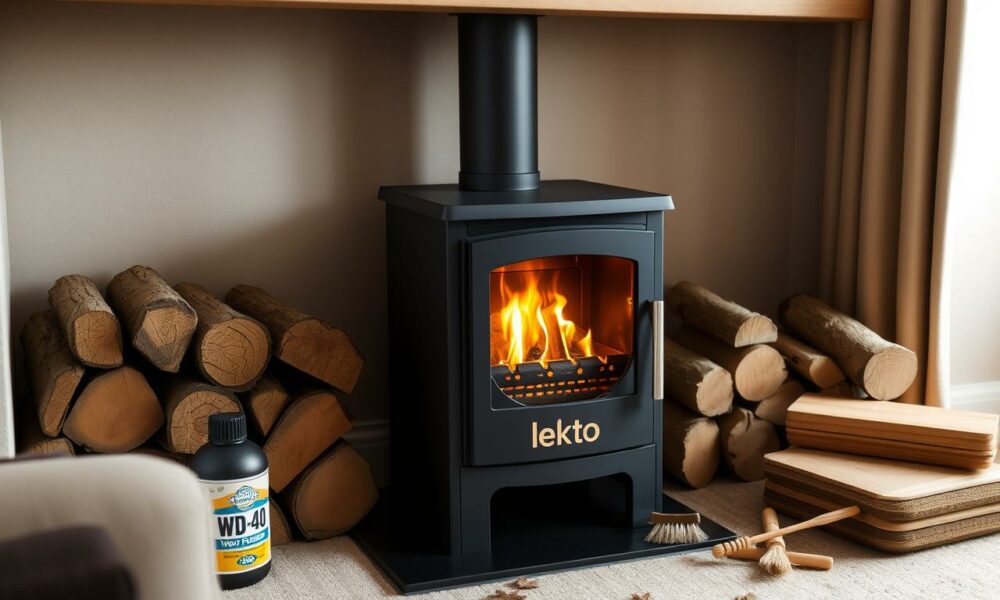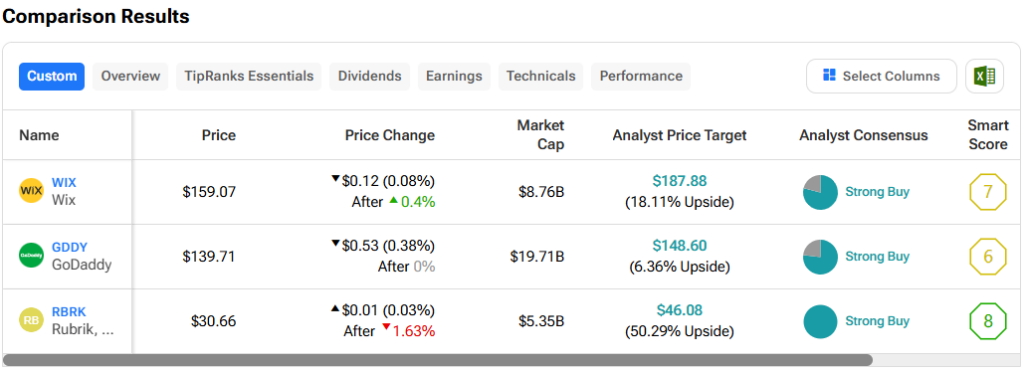Thinking about getting a log burner for your home? The costs and upkeep might seem overwhelming, but don’t worry! This guide will make things clear, covering installation costs and how to keep your wood burner clean. It’s perfect for both new homeowners and those already using log burners.
We’ll cover everything from the costs of installing a log burner to the best ways to clean it. You’ll learn how to keep your log burner efficient and safe. Plus, you’ll save time and money by following our tips.
The Allure of Log Burners
Log burners are now a favorite among homeowners who want a cozy and efficient way to heat their homes. These appliances combine rustic charm with practical use, making them a top choice for many. They offer both ambiance and heat, creating a warm, inviting space that’s hard to beat.
Log burners are gaining popularity for their eco-friendly heating option. They use wood, a renewable resource, unlike traditional heating systems that use fossil fuels. This makes them a cost-effective choice, especially where log burner installation costs are lower.
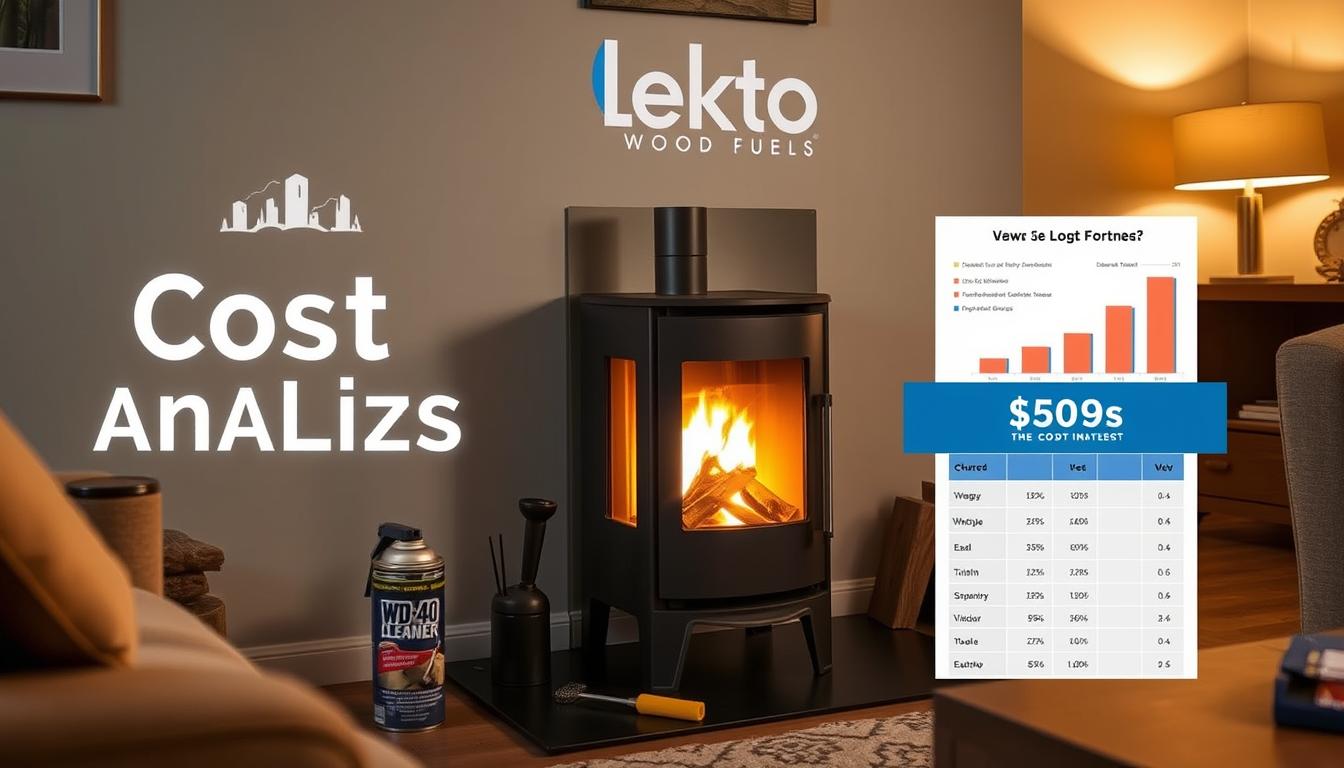
The visual appeal of log burners is a big reason for their popularity. The dancing flames and the fire’s mesmerizing dance create a cozy atmosphere. This is especially true during the cold months, when people want to make their homes warm and welcoming.
Log burners also symbolize tradition and craftsmanship, attracting homeowners who value these qualities. With many styles and designs available, homeowners can find a log burner that fits their home’s decor. This adds to the appliance’s overall appeal.
Log Burner Installation Costs Breakdown
Installing a log burner can cost a lot, depending on several things. The type of burner, how hard it is to install, and any changes needed to your home affect the price. Knowing these factors helps you plan your budget for the log burner project.
The type of log burner you pick is a big cost factor. High-efficiency burners with advanced features cost more but save energy and perform better over time. The size and materials of the burner also play a role in the cost.
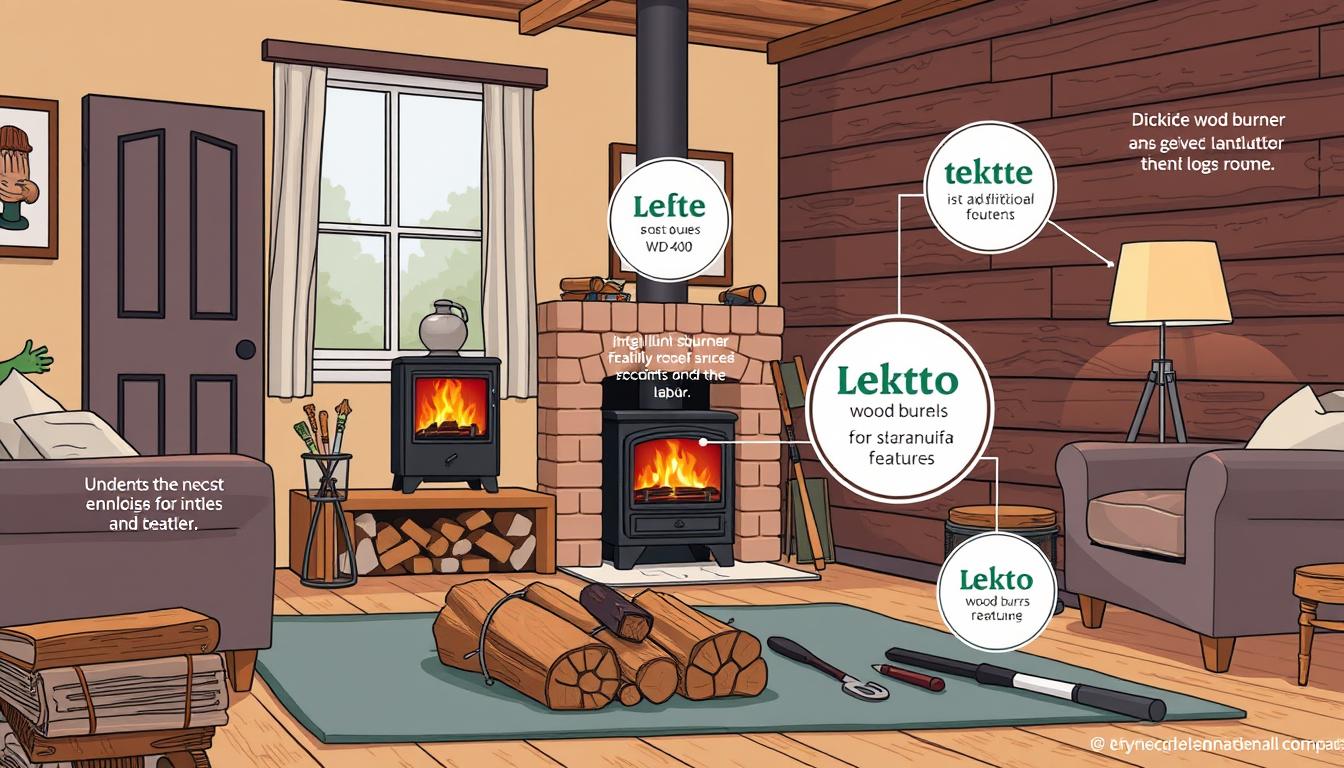
How hard it is to install the log burner is another big factor. If your home needs big changes, like a new chimney or changes to fireplaces, costs can go up fast. Things like getting to the installation spot, needing special tools, and permits or inspections add to the price.
Knowing what affects log burner installation costs helps you make a smart choice. It ensures your money fits your budget and home improvement goals. Talking to experts can give you good advice and make the process easier.
Essential Log Burner Maintenance Tips
Keeping your log burner in good shape is key for its efficiency and safety. A crucial step is cleaning it with WD-40 regularly. This removes soot and debris, which can hurt the burner’s performance and increase fire risks. It’s also vital to check the flue and chimney for blockages or damage. These can affect airflow and cause smoke or fume problems.
There’s more to log burner care than just WD-40 cleaning. Homeowners should check the door seals, gaskets, and moving parts often. If they’re worn or damaged, they can let air leak out. This reduces the burner’s efficiency and causes drafts. Fixing these issues quickly helps your log burner last longer and work better.
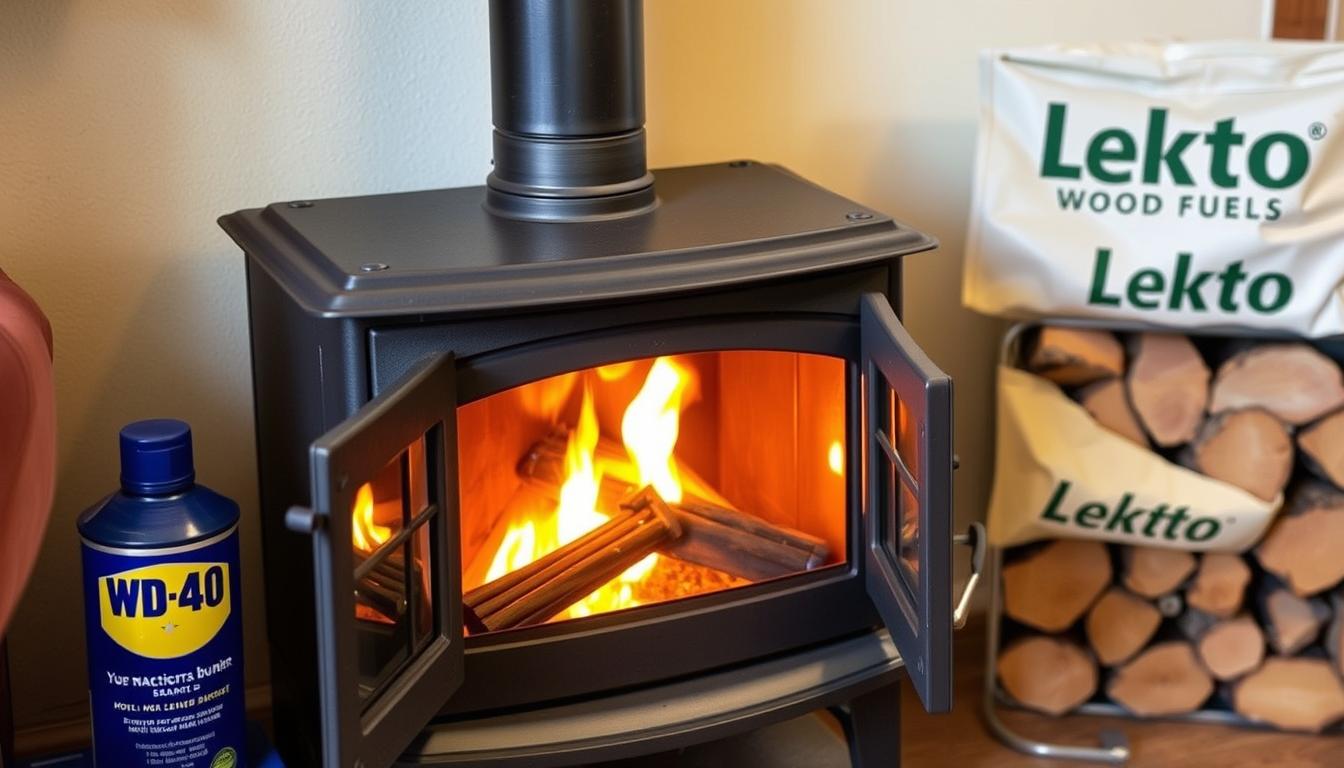
Don’t forget about ash buildup and emptying the ash pan regularly. This keeps the burner working well and lowers fire risks. By following these important maintenance tips, homeowners can ensure their log burners stay in great shape. This way, they can enjoy warmth and ambiance for many years.
Burner
The type of burner you pick is key when looking at log burner installation costs. The burner is the main part of your wood-burning stove. It turns logs into heat efficiently. Knowing about the different burners and their features helps you choose the right one for your home and budget.
Choosing the right burner size is important. It makes sure your log burner heats your space well without wasting fuel or making too much smoke. Bigger homes need bigger burners, while smaller ones work better with smaller models. A professional can help pick the best size for your home and keep log burner installation costs down.
Keeping your log burner clean is vital for its safe and efficient use. Regularly cleaning your wood burner with WD-40 stops creosote and other debris from building up. This can be dangerous and lower the burner’s performance. A well-kept burner lasts longer and heats reliably for many years.
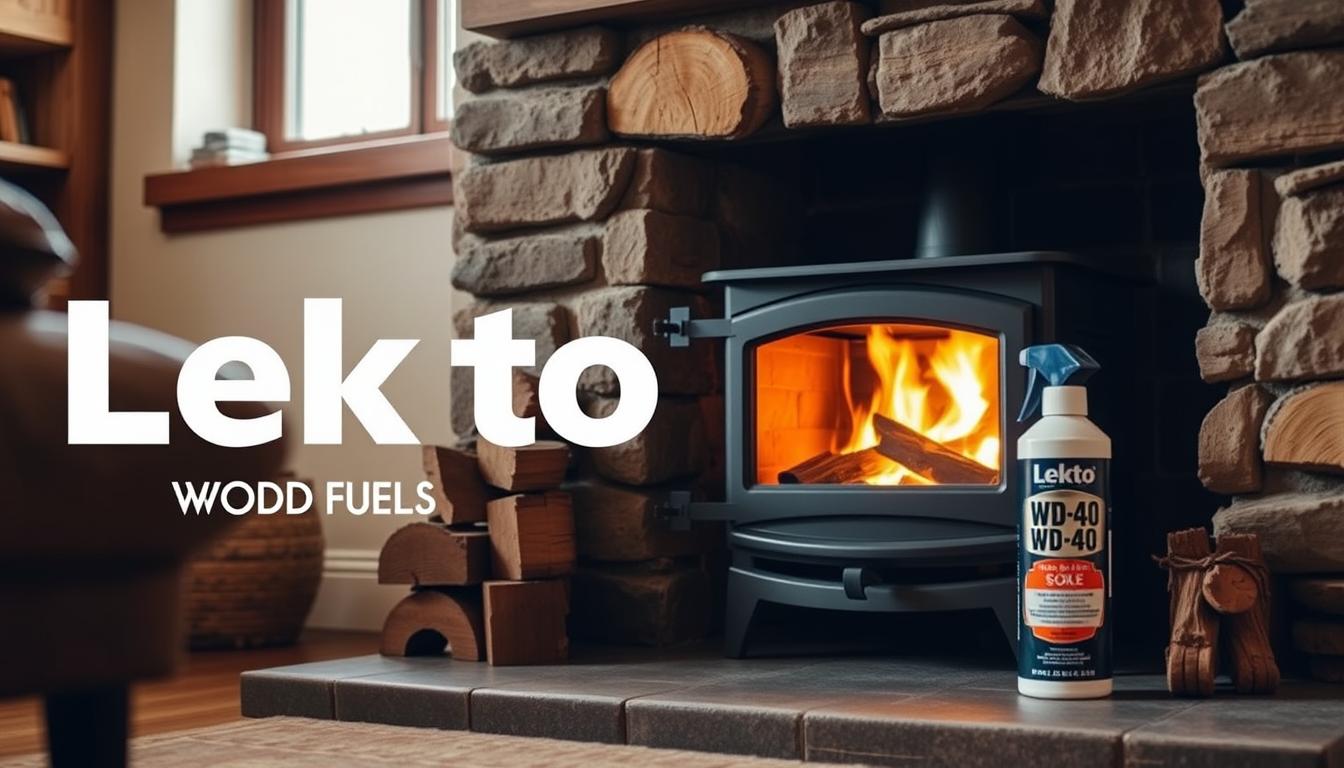
The burner is the heart of your log-burning system. Knowing about its features and upkeep lets you use your investment wisely. By thinking about the burner’s size, capacity, and cleaning needs, you can make sure it works well and safely. This keeps log burner installation costs reasonable.
Preparing Your Home for Log Burner Installation
Before you start installing a log burner, make sure your home is ready for it. You need to check if the spot for the log burner can handle its weight and any extra parts like the chimney. This step is key for a safe and correct setup.
Think about ventilation and airflow too. Your home must have enough air coming in and going out for the log burner to work right. You might need to change your ducts or add new vents to keep the air flowing well.
Also, learn about the local rules for log burners. These rules cover things like how far the burner must be from walls, fire safety, and controlling smoke. Following these rules makes sure your installation is legal and safe for your family.
Getting your home ready for a log burner makes the installation smooth and stress-free. This hard work upfront means you’ll get to enjoy the warm feeling and efficient heating from your log burner for many years.
Maximizing Efficiency and Safety
To make the most of your log burner, focus on efficiency and safety. Choose dry, well-seasoned wood for clean and hot burning. Stay away from wet or unseasoned wood as it causes excessive smoke and can be dangerous.
Using efficient burning methods helps a lot. Make sure there’s good air flow and the right mix of fuel and air. Clean wood burner with WD-40 often to keep air flowing well and avoid blockages.
It’s also vital to keep your home well-ventilated and have your chimney swept regularly. A carbon monoxide detector is a must. These steps help save fuel costs and keep your family safe.
Putting efficiency and safety first lets you enjoy your log burner’s warmth and savings without worry. With some effort and the right care, your wood burner will work great. It will keep you warm and cozy all winter.
DIY vs Professional Installation
Homeowners can choose between installing a log burner themselves or hiring a pro. Going the DIY route can cut costs, but think about the risks and challenges first.
Installing a log burner without the right skills can be dangerous. It might lead to bad ventilation and harm your home. Experts, though, know how to follow safety and building rules. This lowers the chance of problems later.
If you know about electrical and building work, you might install it yourself. But, make sure to research well, get the right permits, and be ready to put in the work. Hiring a pro might cost more at first, but it means a worry-free setup.
The choice between DIY and a pro depends on your skills, budget, and the log burner’s complexity. Think about the good and bad sides to make sure your installation is safe and legal.
Log Burner Cleaning: A Step-by-Step Guide
Keeping your log burner clean is key for its best performance and safety. It doesn’t matter if it’s new or old; cleaning it regularly is a must. We’ll show you how to clean your wood burner, including using WD-40 for certain tasks.
First, let the burner cool down completely. Then, use a stiff brush or a vacuum to get rid of ash and debris inside. Make sure to clean the grate, baffle plates, and any parts you can take out. If there’s tough buildup, WD-40 can help break it down, making cleaning easier.
Next, check the door seals and gaskets. They can wear out or get damaged over time, affecting your burner’s efficiency. Look at them closely and replace any that are broken or worn. A bit of WD-40 can condition the seals and gaskets, making them work better.
Finally, clean the outside of the wood burner with a damp cloth. This removes soot and fingerprints, making it look new. Always dispose of ash or debris safely, and make sure the burner is clean before lighting it again.
By following these easy steps, you can keep your wood burner running well and safely for many years.
Troubleshooting Common Log Burner Issues
Even the best log burners can face problems that need fixing. Issues like smoke leaks, poor burning, or broken parts can happen. Luckily, there are ways to quickly and effectively solve these problems.
Smoke leaks are a common issue. They might be due to a blocked flue or gaps in the door seal. First, check the flue for blockages and clear them out. Then, use to clean the door seal for a tight fit.
Another issue is inefficient burning. This could be from bad fuel, wrong air settings, or ash buildup. To burn better, use dry, well-seasoned firewood and set the air vents right. Clean the ash pan and parts regularly to keep things running well.
Sometimes, log burners have mechanical problems like a broken thermostat or ignition issues. If you think something’s broken, it’s wise to get a pro to check it and fix it. Fixing these problems quickly keeps your log burner working well for your home.
Conclusion
In this guide, we’ve looked at log burner installation costs and how to keep your wood-burning stove in top shape. We’ve seen how the type of burner, chimney setup, and any needed home changes affect the cost. This helps homeowners plan and budget for their log burner.
Keeping your log burner in good condition is also key. Regular cleaning with WD-40 and fixing issues like smoke or poor airflow are important. Doing these things can make your log burner last longer and keep it heating your home well. You can do these tasks yourself or hire a pro, but being active and careful is crucial.
With what you’ve learned here, homeowners can make smart choices. They can make sure their log burner fits their budget and keep it running well. With the right care, your log burner will be a great choice for your home. It will be efficient, good for the planet, and keep you warm and cozy for years.


